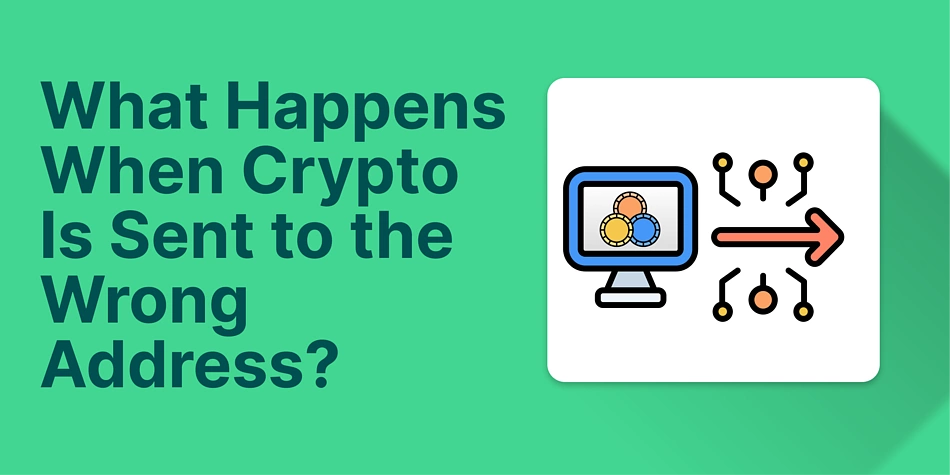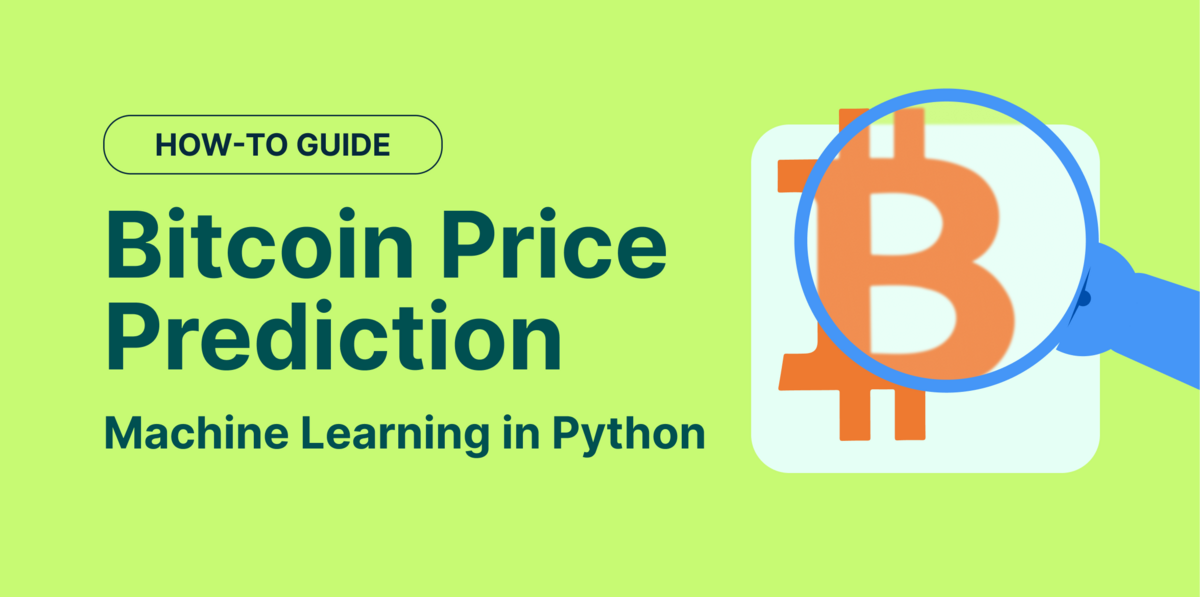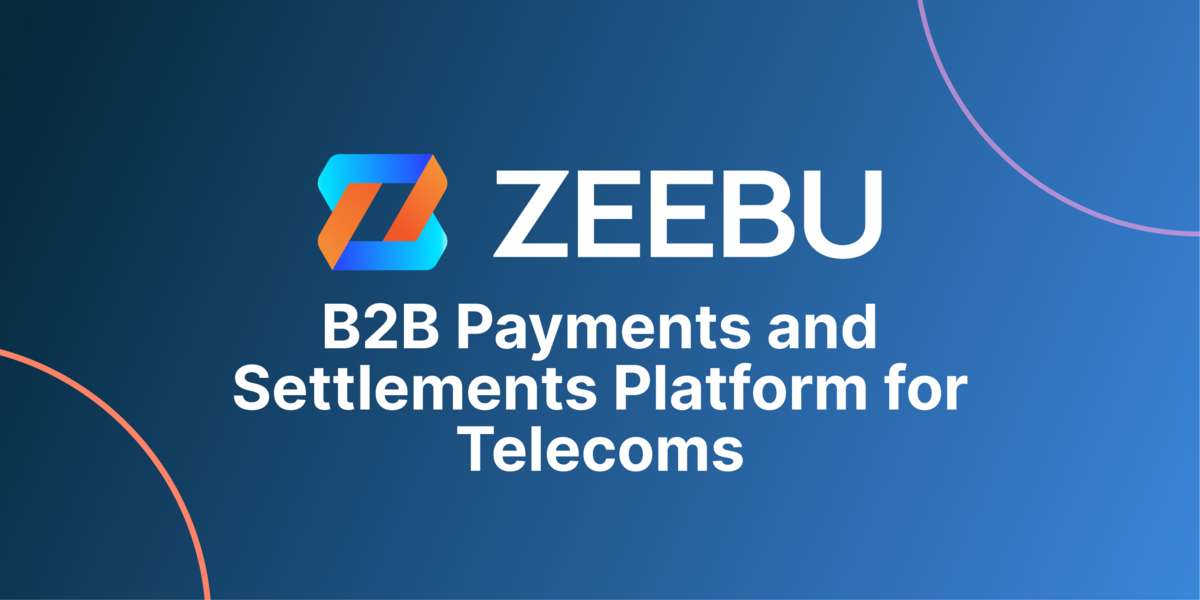Can I Recover Crypto Sent to the Wrong Address?
Generally the process is irreversible, as all Bitcoin and cryptocurrency transactions are final. However, if you have sent crypto to an active address, you can try to find the owner of the wallet and contact them to try to negotiate a return of your funds.
Key Takeaways
-
Due to the complicated nature of cryptocurrency transactions and addresses, cases of erroneous transfers can happen.
-
Erroneous transfers could result from sending assets to the wrong address, network, or asset to the wrong contract address.
-
Erroneous transfers usually result in permanent loss of assets; however, there are some options for users to recover their crypto.

The decentralized nature of blockchains allows users full control over their assets without requiring a third party or centralized entity. On the positive side, this means that your transactions cannot be halted or rejected by a governing entity. However, it also means full accountability with little external support, besides community forums.
In addition to this, the structure of cryptocurrency addresses and the non-universality of cryptocurrencies means increased chances of running into errors while transacting. For example, crypto can be sent to the wrong address, or even the wrong network, resulting in difficulty recovering funds (if possible).
But are your assets lost for good when you send them to the wrong address?
Is Crypto Lost When Sent to the Wrong Address?
Simply put, yes, your crypto is lost to you. You lose custody of your assets, while the intended recipient doesn’t receive the sent asset. When crypto is sent to the wrong address, there are three possible cases:
The Address Is a Burn Address or a Dead Wallet
Burn addresses have no private keys; therefore assets sent to such addresses cannot be recovered. Dead wallets are inactive, where funds sent to such addresses can only be accessed by the private key holder if they start using the wallet again. However, given that most dead wallets are inactive due to investors losing access to their wallets or passing away without handing down their wallets, it’s unlikely that contacting the wallet owner through their address is possible.
The Address Is Nonexistent
Once the entered address corresponds to the blockchain’s wallet structure, the transfer is executed even if this address hasn’t been created (mined from the address pool). Theoretically, the funds sent to the account can be accessed by anyone who receives the address while creating an account on the network. The possibility of this happening is very rare, given that there are 16^40 possible public address combinations on Ethereum alone.
The Wallet Is Active
If the wallet is active, the recipient gains custody of the funds. Recovery is only possible if the wallet owner can be identified and contacted. If it is an exchange account, the exchange can be contacted for a possible recovery attempt.
What Happens if Crypto Is Sent to the Wrong Blockchain?
As explained earlier, a transfer transaction can only be executed if the wallet address corresponds to the blockchain’s wallet structure. Where this is not the case, the transfer request is rejected. This prevents transfer to unrelated blockchain networks.
For instance, assets cannot be wrongly transferred to Bitcoin, Tron, or Solana blockchain from Ethereum since the wallet structure is totally different. However, this can happen in networks with close similarity, like Ethereum and other EVM Layer 1 and Layer 2 networks like Fantom and Arbitrum, or other non-EVM networks with similar address structures like Taraxa and Sui blockchain.
In a case where an asset is sent to a non-EVM network with a similar wallet structure (like Taraxa and SUI), the asset might be unrecoverable. This is because the asset is not universal to these networks as the smart contract that governs its generation and transaction doesn’t exist on the destination network. Note that this doesn’t apply to bridged assets. Assets can be bridged to non-similar networks if the facility for such operation is available and used correctly.
What Can You Do if Crypto Is Sent to the Wrong Address?
Wrongly sent crypto assets can only be possibly recovered if they are sent to an active address. If the wallet is dead, inactive, a contract, or a burn address, the asset cannot be recovered. However, if the address is active, an attempt can be made at recovery. An active wallet is either a personal wallet or an institutional wallet (belonging to an exchange or any other centralized institution). Here’s what you can do in any of these cases;
Check With the Exchange’s Customer Support
Some centralized exchanges provide asset recovery services for wrong transfers to any of their wallets. While the terms might vary depending on the exchange, affected individuals could be able to get the whole or a part of the lost asset.
Contact the Owner
If the wallet owner is known, the affected individual can contact them to negotiate a recovery. If the asset was sent to a stranger, you can attempt to identify the recipient by analyzing their transaction or following their transfers to centralized exchanges. Chances of recovery only depend on the successful identification of the recipient, although you are still dependent on the owner’s willingness to return the transferred crypto.
How to Avoid Sending Crypto to the Wrong Address
In a crypto transaction, the network only validates the address structure and executes the transfer if it corresponds to a pre-configured structure. This makes it easy for users to send crypto to the wrong address. Here are some precautions you can take to reduce your chances of sending your assets to the wrong address;
Copy and Paste Addresses
A cryptocurrency wallet address is usually a lengthy combination of alphanumeric characters. To ensure that the recipient's address is entered correctly, always copy and paste. Typing wallet addresses is not only time-consuming, but also increases your chances of making an error.
Scan QR Codes to Transfer Funds
The scan feature automatically copies the wallet address to the recipient address box once scanned. Even then, ensure you verify everything is correct, especially the address and the amount to be sent, before confirming the transaction.
Double Checking
First, verify from the recipient that they have sent the correct address. If you are sending to an exchange, ensure that the address tallies with the asset and the network. Double-checking is a general precautionary measure, for each step. Always run a second check before moving to the next step.
Add the Address to Your Wallet Contact List
Cryptocurrency wallets like MetaMask and Trust Wallet have an address book feature that lets users save frequently used addresses. Centralized cryptocurrency exchanges have a similar feature. Where available, save frequently used addresses to your address list to easily reuse them at will. Also, note that this feature might require you to specify the recipient’s network. Keep this in mind when sending assets to the same recipient using a different network.
Request for Recipient’s Domain Address
Cryptocurrency wallet naming services like Ethereum Name Service (ENS) and Unstoppable Domains package lengthy cryptocurrency wallet addresses into human-readable domain names. This can be easily memorized. To reduce the chances of getting a recipient’s wallet address wrong, request for the domain address if available.
How to Recover Your Crypto if Sent to the Right Address but to the Wrong Network
Ethereum investors can use the same wallet for every EVM network. In some wrong transfer cases, users select the wrong network while transferring assets to the right wallet address. In this case, the asset is not lost but sent to the wallet through the wrong network.
In this case, assets can be easily recovered by switching to the destination networks on your wallet. Recovering your asset is as easy as adding the EVM network, for users of Web3 wallets like MetaMask and Trust Wallet. If your wallet does not support multiple network integration, you can export to a more versatile wallet using your private key or seed phrase. Once imported, add the network you wrongly sent your asset to. Once this is done, you can access your asset. For instance, if you send ETH to Polygon instead of Ethereum, you can access your asset by adding the Polygon network to your wallet and switching to the network.
Final Thoughts
The decentralized nature of blockchain means that users of non-custodial wallets are responsible for their own funds. Coupled with lengthy cryptocurrency wallet addresses and how cryptocurrencies are not universal due to the siloed nature of blockchain networks, this means recovering wrongly sent assets is not an easy task.
While we’ve covered some possible recovery methods in this article, note that there are no recovery solutions for cases like sending your crypto assets to a burn, dead, or non-existent personal wallet since these wallets are inactive or have no one in control of their private keys. In this case, prevention is better than cure, and users can avoid cases like this by taking time to verify the transaction details before executing them.
Ensure that your addresses are copied correctly and verify the destination network and contract address before executing any transaction. While seeking help to recover lost funds, ensure that you use the services of reputable recovery agencies or solutions, as this is a growing area for scammers targeting desperate investors. Having said this, note that this article only discusses possible ways of recovering lost crypto assets and is not financial advice.

Joel is deeply interested in the technologies behind cryptocurrencies and blockchain networks. In his over 7 years of involvement in the space, he helps startups build a stronger internet presence through written content. Follow the author on Twitter @agboifesinachi









 Or check it out in the app stores
Or check it out in the app stores